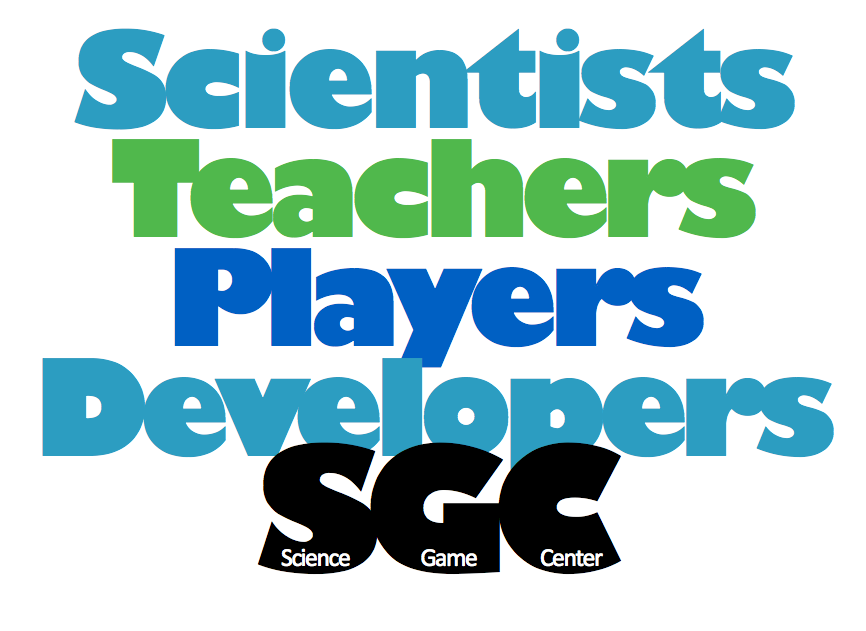At the USA Science and Engineering Expo, we had a great time introducing our “free Video Game” to 4000 people. While kids of all ages ran into our booth to see for themselves whether Immune Attack was any good or not, parents were happy to hear that our video game is about white blood cells fighting bacteria. The main character isn’t a military character, it’s a Microbot. It’s main weapon is a ray gun that activates proteins.
The crowd at the USA Science and Engineering expo was curious and eager to hear about real science! Some high school kids wanted to talk about careers in science. FAS is a science policy think tank, so we had plenty to talk about! Additionally, video game production requires many different types of scientific, mathematical and engineering related skills. Someone needs to design the game and designing means testing to find out whether the game is fun. Testing means experimental design! Which audience finds your game fun? And what is your control game? Then someone will program the game. Someone else is an expert at drawing three-dimensional objects using software like Maya, Studio Max, or Cinema4D. Then still another artist uses other software to create all of the backgrounds. Then another artist uses more technology to create the characters. And if you are making a realistic video game, then someone serves as a subject matter expert and makes sure the historical context is correct, or that the science in the Microbot is accurate… I could go on and on. See below for links to art and biological science in particular:
I enjoyed meeting all of you. Please support technology in our schools! Why? Because you can’t see viruses, you can’t see bacteria. You can’t see proteins. But you can see them in a video game! Imagine learning soccer, but never being shown the field. Previously, we did not have ways to see bacteria and proteins, but now we do! And the new data is being used by many people in the Medical Illustration Field to create videos and diagrams that explain the molecular science that affects our everyday lives.
Here are some examples of great medical illustration resources:
The Association of Medical Illustrators
The book: The Machinery of Life
The Biomedical Communications department at the University of Texas Southwestern.

